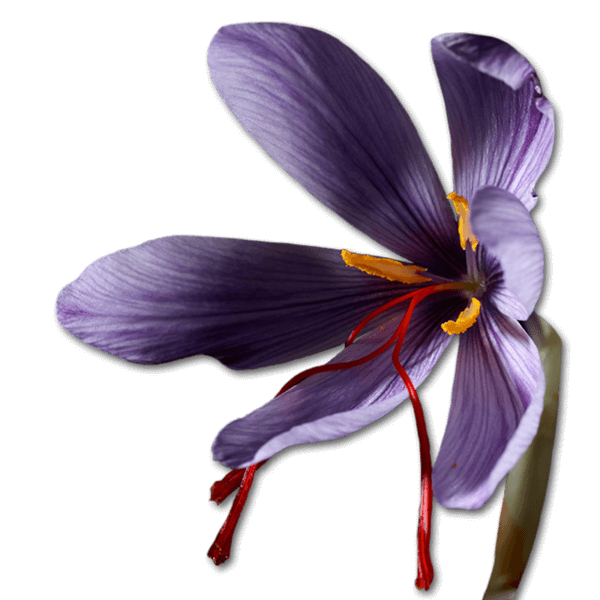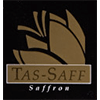Saffron is a spice derived from the dried stigma of the flower of the saffron crocus (Crocus sativus), a species of crocus in the family Iridaceae.
The finest quality saffron – like ours – is painstakingly picked by hand, and last year Tas-Saff picked over 2 million individual stigmas, or threads as they are sometimes known.
Overview
The flower has one three-pronged stigma, which is the distal ends of the plants carpels. Together with its style, the stalk connecting the stigmas to the rest of the plant, these components are often dried and used in cooking as a seasoning and coloring agent. Saffron, which has for decades been the worlds most expensive spice by weight, is native to Southwest Asia.
Saffron is characterised by its stunning golden yellow colour, a bittersweet taste and an iodoform – or hay-like fragrance; these are caused by the chemicals picrocrocin and safranal.
It also contains a carotenoid dye, crocin, that gives food a rich golden-yellow hue. These traits make saffron a much sought-after ingredient in many foods worldwide. Saffron also has medicinal applications.
The word saffron originated from the 12th century Old French term safran, which derives from the Latin word safranum. Safranum is also related to the Italian zafferano and Spanish azafrán.
Source: Wikipedia
History
The history of saffron cultivation reaches back more than 3,000 years. The wild precursor of domesticated saffron crocus was Crocus cartwrightianus. Human cultivators bred wild specimens by selecting for unusually long stigmas. Thus, a sterile mutant form of C. cartwrightianus, C. sativus, emerged in late Bronze Age Crete.
Experts believe saffron was first documented in a 7th century BC Assyrian botanical reference compiled under Ashurbanipal. Since then, documentation of saffrons use over the span of 4,000 years in the treatment of some 90 illnesses has been uncovered.
Source: Wikipedia

Grade
Saffron types are graded by quality according to laboratory measurements of such characteristics as crocin (colour), picricrocin (taste), and safranal (fragrance) content. Other metrics include floral waste content (i.e. the saffron spice samples non-stigma floral content) and measurements of other extraneous matter such as inorganic material (“ash”).
A uniform set of international standards in saffron grading was established by the International Organisation for Standardisation, which is an international federation of national standards bodies. Namely, ISO 3632 deals exclusively with saffron. It establishes four empirical grades of colour intensity: IV (poorest), III, II, and I (finest quality). Saffron samples are then assigned to one of these grades by gauging the spices crocin content, which is revealed by measurements of crocin-specific spectroscopic absorbance.
Source: Wikipedia
Why is saffron graded?
By measuring saffron in laboratory conditions against international standards (ISO 3632), we get a measure of its quality and this is used by discerning chefs to ensure that their food has only the most fantastic flavour and aroma
